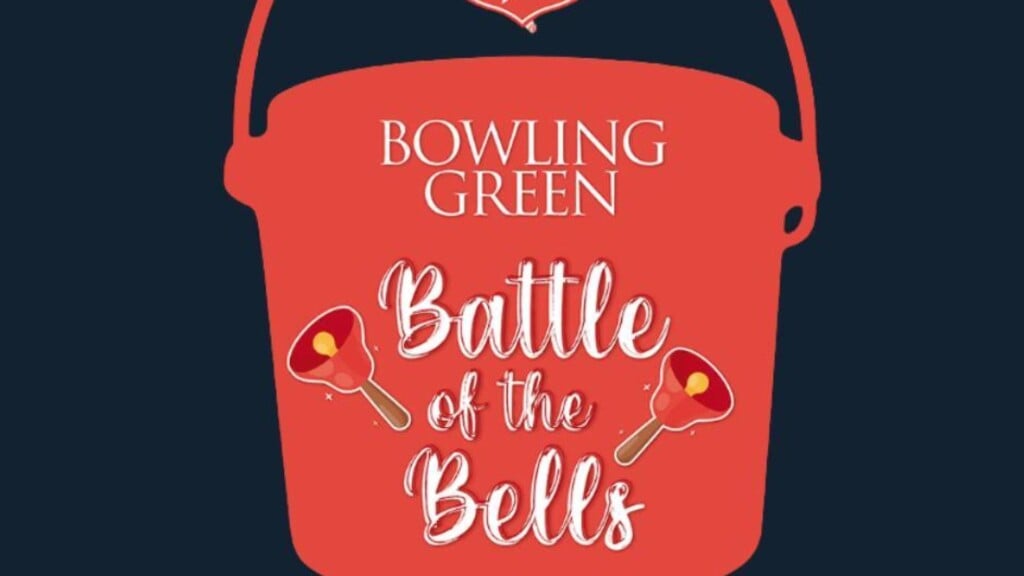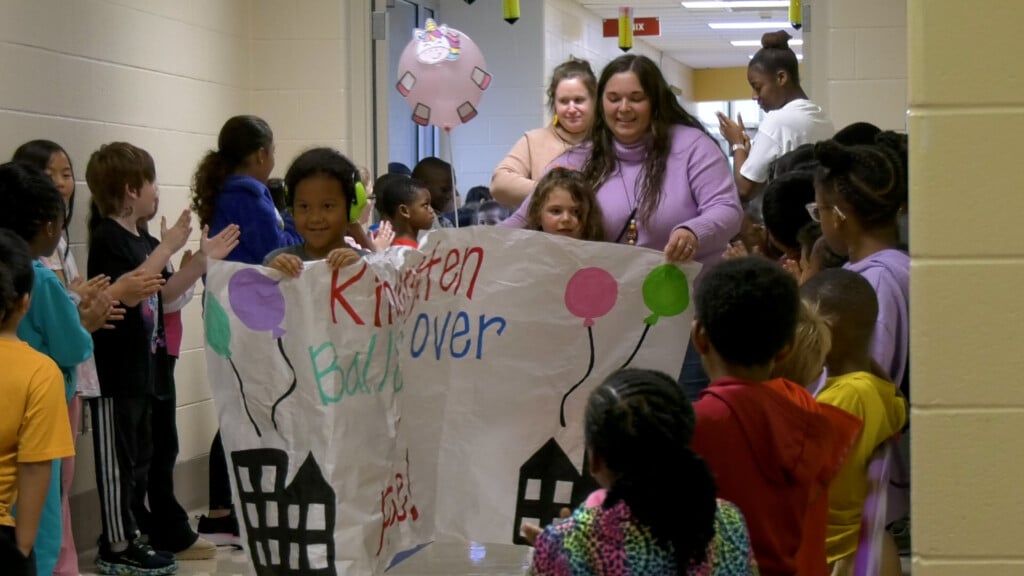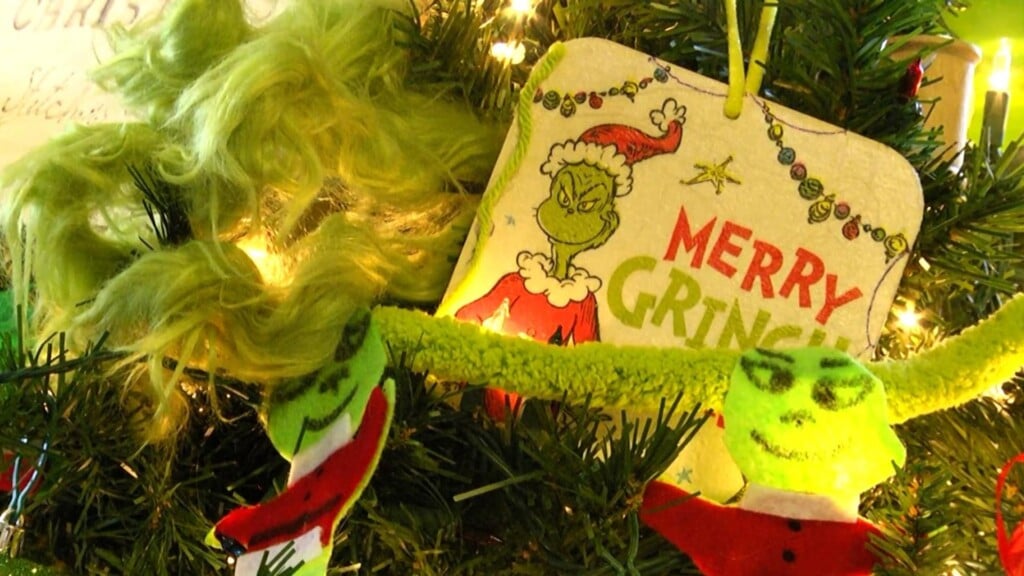Throwback Thursday: Bowling Green’s Halloween streetcar tragedy
On Halloween night in Bowling Green over a hundred years ago, screams brought people rushing from their homes on Chestnut and 12th streets. The horrific accident that happened there may have led to the end of the city’s streetcars. Earlier this year, we told you about that old public transportation system that served the city from 1890 to 1919, but we saved the details of its demise for October.
On the streetcar rails that ran down Broadway, Main, Boatlanding, Fairview, and State streets, accidents were not uncommon. Occasionally trolleys collided with automobiles, wagons, and even people. The motormen who drove them rang bells to warn of their approach, but that wasn’t enough sometimes, as when one hit and killed James Sterrett who was elderly and hard of hearing.
Children’s mischief caused some accidents. A rock placed on the tracks derailed one. In a terrifying incident, two boys jumped into an empty streetcar and engaged the power, speeding it down Broadway. Another trolley filled with passengers had to stop and evacuate before the two cars collided. Fortunately no one was hurt.
That can’t be said, though, of Halloween night in 1910. At 8:30pm, a number of boys were playing pranks where the Broadway rails crossed High Street. Marvin Willis, the motorman of west-bound number four, saw them placing soap on the rails, a trick that caused the wheels to spin uselessly. He called for two men walking down the road to grab the pranksters. The boys ran, but thirteen year old Herman Lewis was captured and handed over to the motorman. Willis held the boy on the front platform, so he could continue operating the streetcar and planned to take him to the police. Struggling to get loose, Lewis either jumped or fell at the intersection of 12th and Chestnut. The trolley ran over and mangled him. His left leg was cut off below the knee. Within thirty minutes he was dead at Saint Joseph’s hospital.
Police arrested the motorman and the two men who had captured Lewis, but the manslaughter charges were eventually dropped.
John Lewis, the dead boy’s father, sued the Bowling Green Street Railway Company, owner and operator of the streetcars. He won six thousand dollars and eventually purchased the company. News coverage over the years suggested that Lewis didn’t care much for the business. It continued until 1919 when the rails were pulled up and sold for scrap, the electrical lines came down, and the six cars were burned.
Whether it was the rise of the automobile or the grief of a father that killed Bowling Green’s streetcars we may never know.




